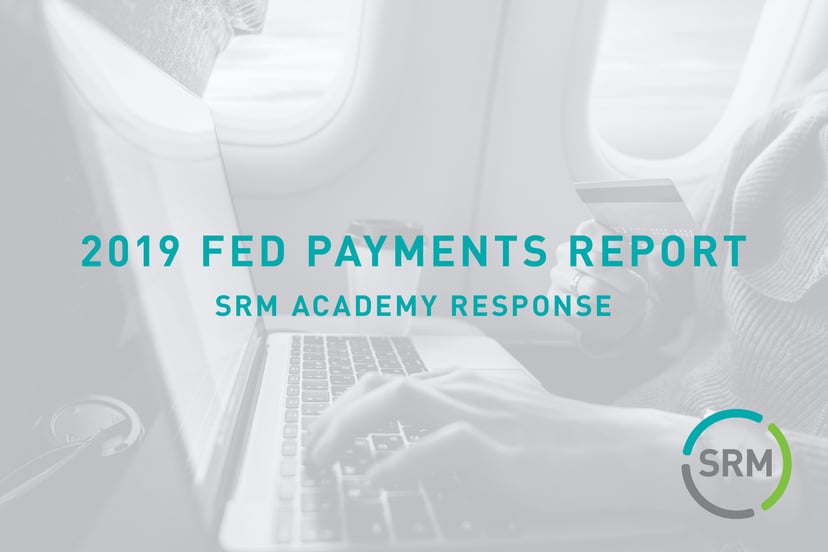
January’s release of the 2019 Payments Study from the Federal Reserve reveals that American purchasing behavior is evolving at full force, especially in debit and credit card use. Every three years, the Fed releases a comprehensive study on usage trends for noncash payment instruments. This most recent data shows the persistence of several longstanding trends – and some are gaining speed.
These shifts not only impact the way people and businesses engage with their financial institutions; they also affect the revenue banks and credit unions generate from their consumer relationships. This latest study suggests card issuers of all sizes would do well to adjust payment strategies and bolster their competitive position - not only for the immediate future, but for the long haul as well.
Better Play Your Cards Right
The number of noncash payments being made in America continues to grow at a remarkably rapid clip, 6.7 percent annually since 2015. Yes, some of this is coming at the expense of cash transactions (the Fed tracks cash usage in a separate study), but the marginal declines in that category explain only a small fraction of the noncash trend. Moreover, the value conveyed via those noncash payments is a more nominal 3.8 percent – faster than GDP growth, but well below transaction growth levels. This implies Americans are dividing their purchases across a greater number of payments events and are growing comfortable with using cards for smaller ticket items.
Speaking of cards, this is where the real action is taking place. Credit card transactions (excluding private label) grew at an annual clip of 9.9 percent from 2015 to 2018. General purpose debit card growth (excluding prepaid and EBT) was even higher, at 12.3 percent. These figures are nothing short of phenomenal. While we’ve grown accustomed to double digit growth rates in emerging segments, it’s an entirely different achievement for an established product with an already healthy base of business to deliver such results.
These numbers indicate that the addressable U.S. market for card use has yet to reach maturity; in fact, debit and credit both grew faster in the most recent cycle than in the 2012 to 2015 window. Banks and credit unions must revisit their card strategies to ensure they are both defending and building upon this critical revenue stream and account-holder touchpoint. They should also review vendor contract agreements with card brands and processors that likewise aim to gain from these market conditions. Stay tuned for more on this topic in our next academy report.
Exercise Your (Remote) Control
Another major takeaway from the FED study is that the dollar value of remote card transactions – $3.3 trillion in 2018 – has pulled even with in-person card usage. The rise of e-commerce receives most of the credit for this trend, but financial institutions shouldn’t overlook the growing role of cards in recurring bill payments, once the near-exclusive domain of checks…which were the only noncash instrument to decline in usage, by the way. Remote card payments grew by 20.5 percent annually, nearly four times the rate of in-person payments, which, despite the dire headlines, posted a more-than-respectable 5.8 percent increase.
The Bottom Line: Much like overall card activity, banks and credit unions cannot afford to let these growth levels go unaddressed. Programs should be enacted to encourage use of the institution’s card in e-commerce and recurring billing settings. We’ll go a step further: given the continued push toward digital wallets from the likes of Apple Card, card issuers of all stripes should be jockeying for position in these apps to claim a share of these in-person – yet “cardless” – transactions.
The Fed’s initial report from its Payments Study can be found here, with additional detail (including a breakout of business and consumer usage) to be released this spring. SRM will continue to provide insights based on its outputs, as this study is a valuable public source of credible data to inform payment strategy.


